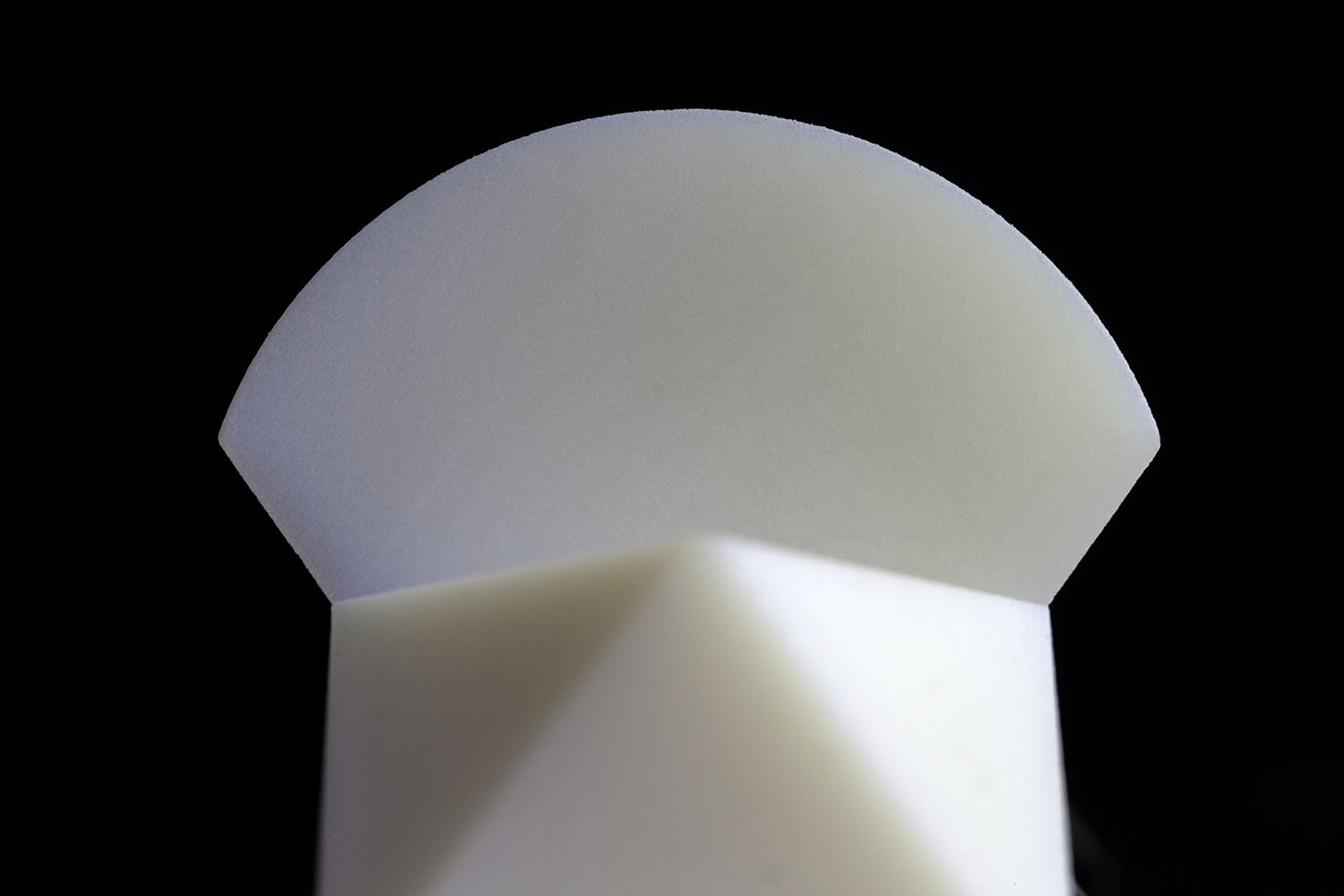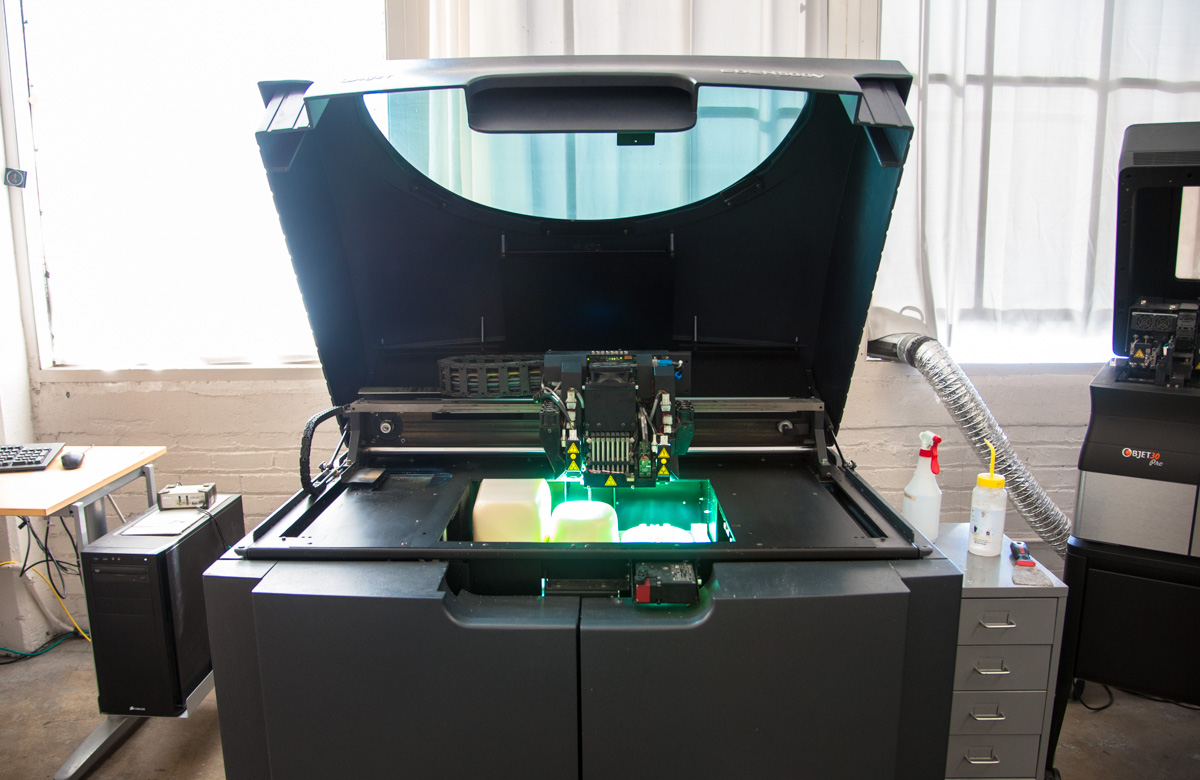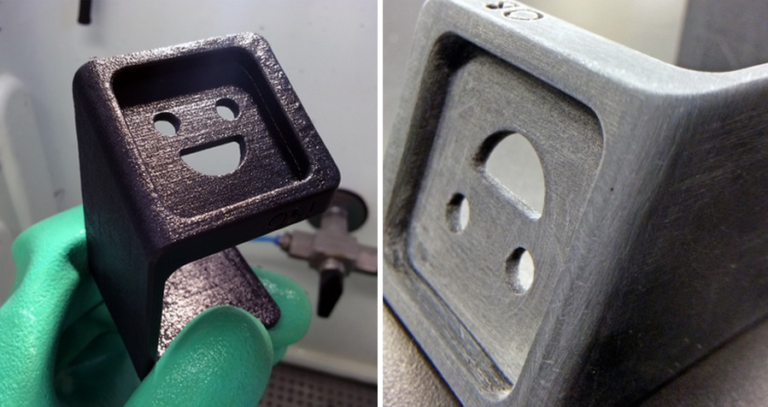3D Printing Materials
Vero
VeroClear
ABS-Like
Rubber-Like
Vero
Vero is a high resolution 3D printing material that's excellent for checking your prototype's fit and accuracy. With its 16 micron resolution, this material works great for visual models, especially if they require painting.
Process:
Polyjet
Colors:
White, Black
Resolution:
0.016 mm (White), 0.03 mm (Black)
Price:
$$$






